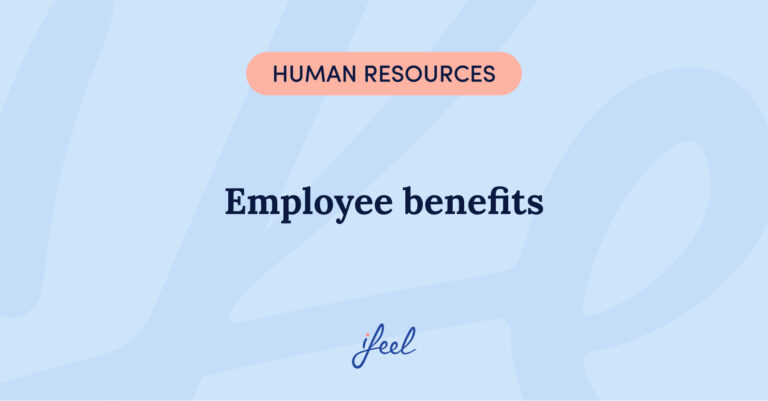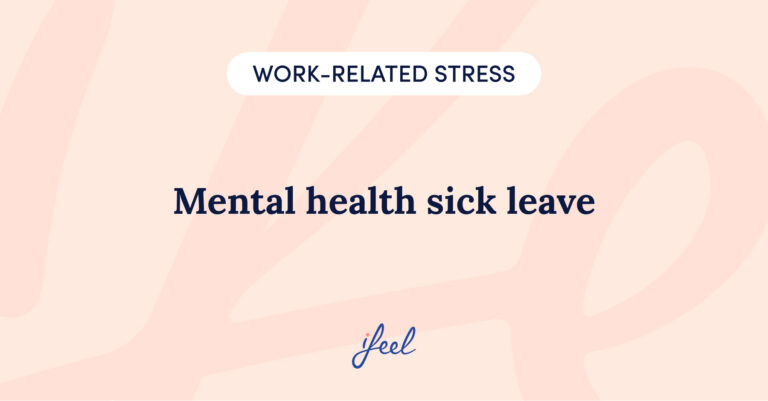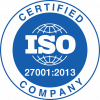How can employee well-being trends in 2025 be applied to the workplace to create a healthy and enjoyable work environment?
Employee well-being encompasses both the mitigation of negative impacts and the promotion of positive workplace experiences. For HR leaders, creating a thriving work environment means addressing psychological risks, aligning organisational values with employee needs, and fostering healthy interpersonal relationships.
How are you preparing your organisation to adapt to the emerging employee well-being trends in 2025?
Questions for HR leaders: Are you prioritising employee well-being?
As companies adapt to evolving employee well-being trends in 2025, HR leaders must reassess their strategies to stay ahead. Ensuring employees’ mental health and satisfaction requires a proactive approach, data-driven solutions, and continuous improvements in workplace culture. The following questions are designed to help HR leaders evaluate their current practices and identify areas for enhancement.
- How do you currently assess employee well-being? Are you leveraging data-driven tools or relying on generic feedback methods?
- What steps are you taking to reduce mental health risks proactively? Do you have regular mental health check-ins or rely solely on employee assistance programs?
- Are your managers equipped to support team mental health? Have they received any training in recognising signs of stress or burnout?
By addressing these questions, HR leaders can better align their strategies with the most significant employee well-being trends in 2025. This will enhance employee health and strengthen the organisation’s overall resilience and productivity.

Employee well-being trends in 2025: addressing psychosocial factors
One of the key components of employee well-being trends in 2025 involves managing psychosocial risk factors in the workplace. These factors can vary significantly across organisations and may not always be immediately obvious. While some risks stem from organisational practices, others, such as the physical work environment or office location, may be logistical. Understanding and addressing these factors is crucial for HR leaders aiming to foster a healthy and productive workforce.
Companies need to take a proactive approach to mitigate the impact of psychosocial risks. This involves identifying the specific risks present in the organisation, linking them to their root causes, measuring their effects, and seeking the support of occupational health psychologists. Access to professional support has become more convenient through emotional well-being programs for companies, like the one ifeel offers.
What I value most is the direct and close approach of ifeel professionals. It seems that they have also become part of the team and someone who is already embedded in our company dynamics, therefore someone who can be trusted to support us.
– Vasco Armés, Head of HR at PERI Iberia, an ifeel partner company.
Some common psychosocial risks may include:
- Organisational culture: A culture that emphasises aggressive competition can lead to stress and conflict. It’s essential to promote a culture of respect and collaboration rather than encouraging toxic competition.
- Physical work environment: Factors such as office temperature, furniture arrangement, and decor can significantly influence employee comfort and well-being. Neglecting these elements can contribute to stress and discomfort.
Companies need to align their actions with their stated values regarding employee well-being. For example, claiming to prioritise a respectful and collaborative work environment while fostering unhealthy competition undermines employee trust and well-being. Similarly, neglecting to update facilities, crowding employees into tight spaces, or relocating to inaccessible areas contradicts any commitment to improving workplace comfort.
Addressing these psychosocial risk factors is not just about compliance, it’s about creating a work environment where employees can thrive, both physically and mentally.
Employee well-being trends in 2025
As companies prepare for the future, understanding the key employee well-being trends in 2025 is crucial for HR leaders looking to foster a healthy, productive workforce. These trends reflect a shift towards more personalised, proactive, and technology-driven approaches to employee well-being, ensuring that well-being is integrated into the core of organisational strategy. The following table outlines the most significant trends and provides actionable insights for HR teams to implement.
| Trend | Impact on Employees | Recommended Actions for HR |
|---|---|---|
| Personalised mental well-being solutions | Higher engagement, increased satisfaction, and reduced stress levels. | Use employee feedback and health data to personalise well-being initiatives. |
| Mental health as a strategic priority | Reduced stigma, greater access to mental health resources. | Provide ongoing mental health training for managers and employees. |
| Flexible work arrangements | Improved work-life balance, higher productivity, and reduced burnout. | Implement flexible work policies and regularly assess their effectiveness. |
| Focus on manager training | Early intervention in mental health issues, increased team support. | Offer mental health first aid training and regular well-being workshops for leaders. |
| Technology-driven solutions | Enhanced accessibility to well-being resources, data-driven insights. | Invest in technology that supports employee well-being and monitors engagement. |
| Holistic health approaches | Comprehensive well-being support, reduced absenteeism. | Integrate fitness programs, mental health resources, and social activities. |
| Proactive stress management | Reduced anxiety, increased resilience, and higher job satisfaction. | Conduct regular stress assessments and provide targeted support. |
| Employee-led well-being initiatives | Greater program relevance, higher employee engagement. | Establish employee well-being committees or suggestion platforms. |
How to implement employee well-being trends in 2025: A step-by-step guide for HR leaders
- Assess current well-being practices
- Conduct an internal audit using surveys and interviews.
- Evaluate the effectiveness of existing programs based on employee feedback.
- Partner with mental health professionals
- Implement employee assistance programs with licensed psychologists.
- Offer regular mental health training to managers and HR teams.
- Execute targeted interventions
- Launch well-being initiatives based on the most pressing needs identified in the assessment.
- Monitor the impact of these initiatives through regular surveys and metrics.
Questions to consider:
- How do you track progress in well-being initiatives?
- Are you regularly adjusting your strategies based on new data or feedback?
- Do you have a clear, step-by-step plan for improving well-being in your organisation?
- Have you set measurable goals and timelines for each phase?
Looking for more strategies to explore employee well-being trends in 2025 and boost organisational performance?
- Visit our HR Interviews section, where our partners and top industry leaders share their insights and experiences on improving employee well-being using ifeel’s solutions.
- Don’t forget to check out our Resources section for in-depth guides, and tools designed to help HR leaders like you drive positive change. Explore now and equip yourself with the knowledge and resources!
Mental well-being trends report by ifeel
Explore employee well-being trends in 2025 with ifeel’s Mental Well-being Trends Report. This comprehensive report reveals that prevention is the cornerstone of effective mental health strategies in the workplace. With stress, anxiety, and burnout on the rise, fostering a supportive environment can increase productivity by up to 12%, according to the Mental Health Foundation. However, 57% of employees seek help only after suffering for over a year, highlighting the critical need for early intervention.
Ready to make mental well-being a priority in your company? Download the full report now and discover actionable insights that can transform your team’s productivity and overall happiness.

Trust the leaders for large organisations
For large organisations, it is key to stay on top of employee well-being trends in 2025 so they can start implementing a strategy right away.
To support companies in this process, our team of expert psychologists has crafted a comprehensive mental well-being solution designed specifically for large organisations. Our solution empowers HR leaders like you with personalised, data-driven insights to identify mental health challenges and improve workplace culture.
By partnering with ifeel, you’ll receive actionable strategies to address employee well-being, reduce burnout, and increase engagement while creating a thriving and positive organisational culture. Our tailored mental health services offer structured support to employees, ensuring they have access to the care they need when they need it.
We hope you found this article on employee well-being trends in 2025 interesting. Are you ready to transform your workplace? Request more information and discover how ifeel’s corporate mental well-being solution can help your team excel while enhancing employee satisfaction and productivity. Let’s work together to unlock your team’s potential.











